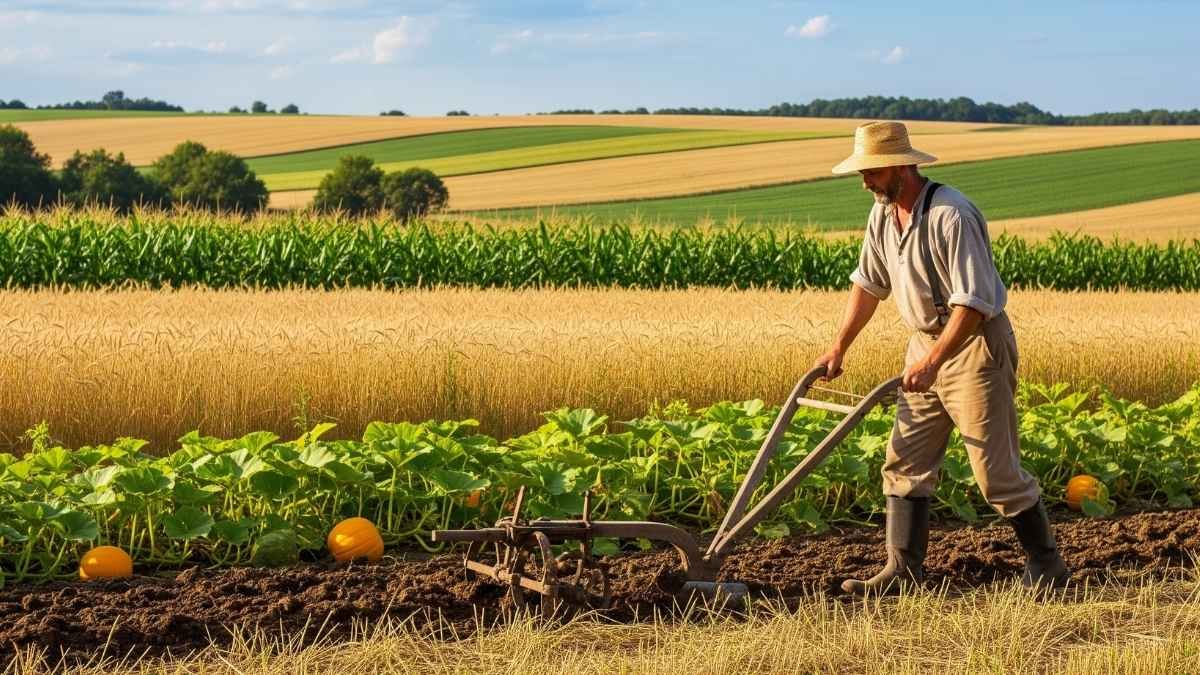
The 1850s farming trick that’s making modern tech look foolish. You’re scrolling through your phone when a cheerful notification pops up. “Your basil is ready for harvest!”
Excited, you walk over to your sleek $400 smart garden. But instead of lush, green herbs, you find three brown, crispy sticks and one sad plant that looks like it’s auditioning for a horror movie.
Sound familiar?
If you’ve been burned by smart garden promises, you’re not alone. I’ve got some eye-opening news that might sting a little: your great-grandmother’s “primitive” farming methods are crushing these high-tech gardens.
And I’ve got the data to prove it.
The Smart Garden Disaster You Haven’t Heard About
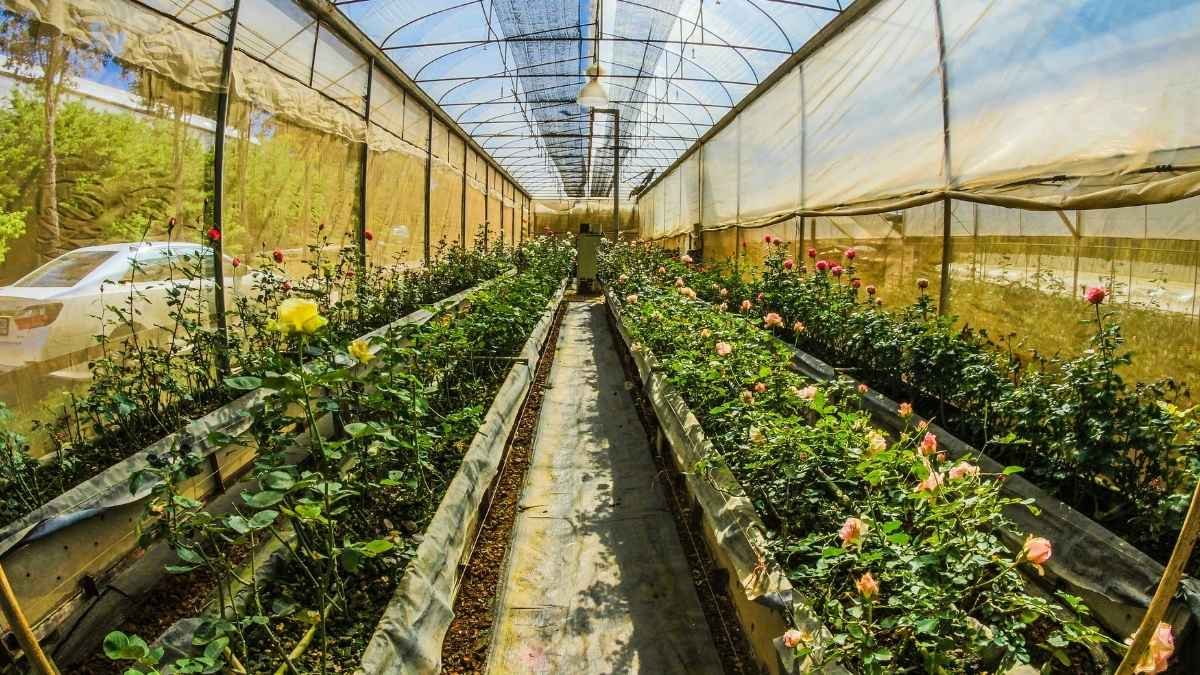
Let’s talk numbers, because they’re pretty shocking.
AeroGarden, the poster child of smart gardening, has a 1.5 out of 5-star rating from actual customers. That’s not just “room for improvement” territory – that’s “maybe we should rethink this whole thing” bad.
Here’s what got my attention: 50-70% of smart garden seed pods fail to even germinate. Think about that for a second. You’re paying premium prices for seeds that have worse odds than a coin flip.
But wait, it gets worse.
Smart sprinkler systems fail 7% of the time. Traditional systems? They work 97% of the time. That means you’re 14 times more likely to have problems with the “smart” version.
The economics are brutal. One frustrated customer calculated they were paying $30 per homegrown tomato after factoring in system costs, replacement parts, and monthly fees. You can buy organic tomatoes at Whole Foods for less than that!
Why Are They Failing So Spectacularly?
Here’s the kicker: 93% of smart garden failures are caused by human error.
But before you start feeling bad about your tech skills, understand this isn’t about you being dumb. These systems are so needlessly complicated that even tech-savvy people can’t operate them reliably.
One reviewer perfectly captured the frustration: “Out of 12 pods, only 2 germinated, the power cord stopped working, and they don’t make replacement parts. Customer service was rude and disrespectful.”
The real problem? Smart gardens try to control nature through sensors, apps, and automation. They’re fighting against millions of years of biological evolution instead of working with it.
Traditional methods do the opposite. They harness natural systems that get better over time.
The 1850s “Technology” That’s Beating Silicon Valley
While engineers were busy adding WiFi to everything, something fascinating was happening in agricultural research labs.
Scientists were quietly testing farming techniques from the 1850s. The results were stunning.
The Norfolk Secret
Ever heard of the Norfolk four-course crop rotation? Probably not, because it doesn’t have an app.
Here’s how it works: farmers rotate through wheat, turnips, barley, and clover in a four-year cycle. Simple, right?
This “primitive” method increases yields by 33% compared to modern monocultures while naturally restoring soil fertility. No synthetic fertilizers needed.
The science is brilliant:
- Clover fixes 200 pounds of nitrogen per acre straight from the air
- Turnip roots mine deep soil nutrients and bring them to the surface
- The diversity prevents pest populations from exploding
- No apps, sensors, or monthly subscriptions required
The Three Sisters Genius
Native Americans figured out something that modern agriculture is just rediscovering: corn, beans, and squash grown together are agricultural magic.
This companion planting reduces pest populations by 60% and increases overall yields by 30% compared to isolated plantings.
Here’s why it works:
- Beans climb the corn stalks while providing nitrogen
- Corn offers structural support
- Squash leaves create a living mulch that suppresses weeds
- It’s a perfectly designed biological system that runs itself
No programming required. No software updates. No customer service nightmares.
The Science Behind Why Soil Beats Silicon
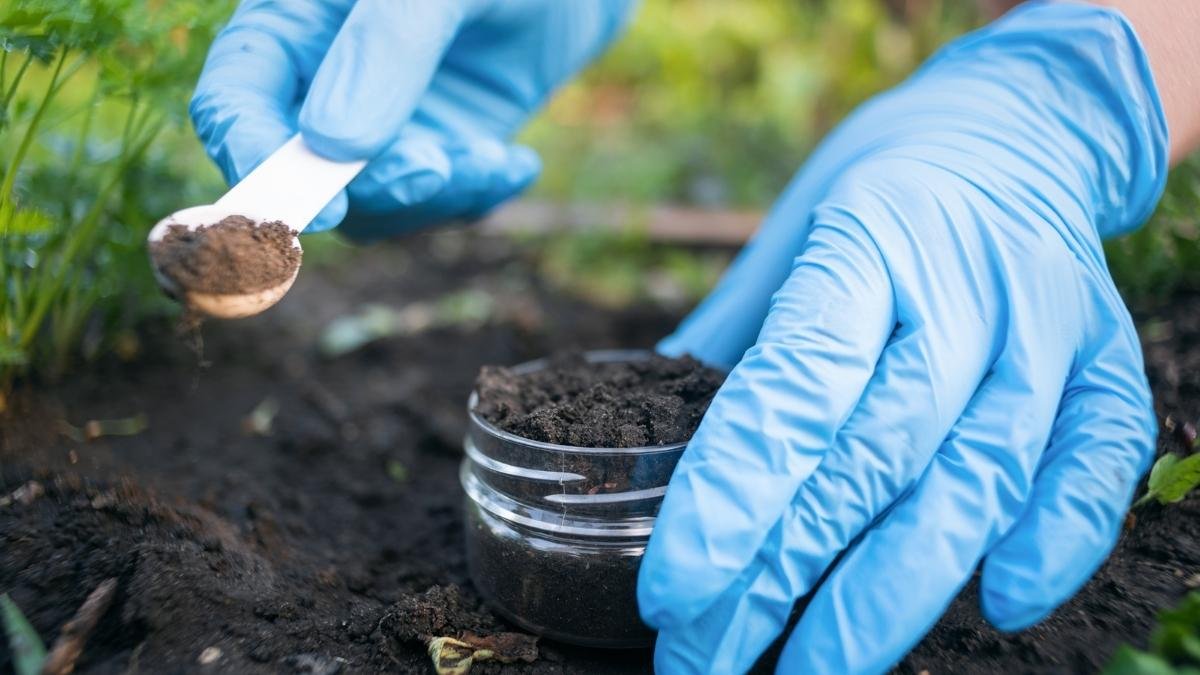
The research is overwhelming, and it all points in one direction: traditional methods outperform high-tech alternatives in almost every meaningful metric.
The Microbe Advantage
Traditional farming increases soil organic matter by 15-28% and supports diverse microbial communities that smart gardens can’t even attempt to replicate.
These aren’t just tiny soil creatures. They’re biological infrastructure.
Mycorrhizal fungi extend plant root systems by up to 1,000%, creating vast underground networks that share resources between plants. It’s like a biological internet, but it works when the power goes out.
Water Efficiency That Embarrasses Smart Systems
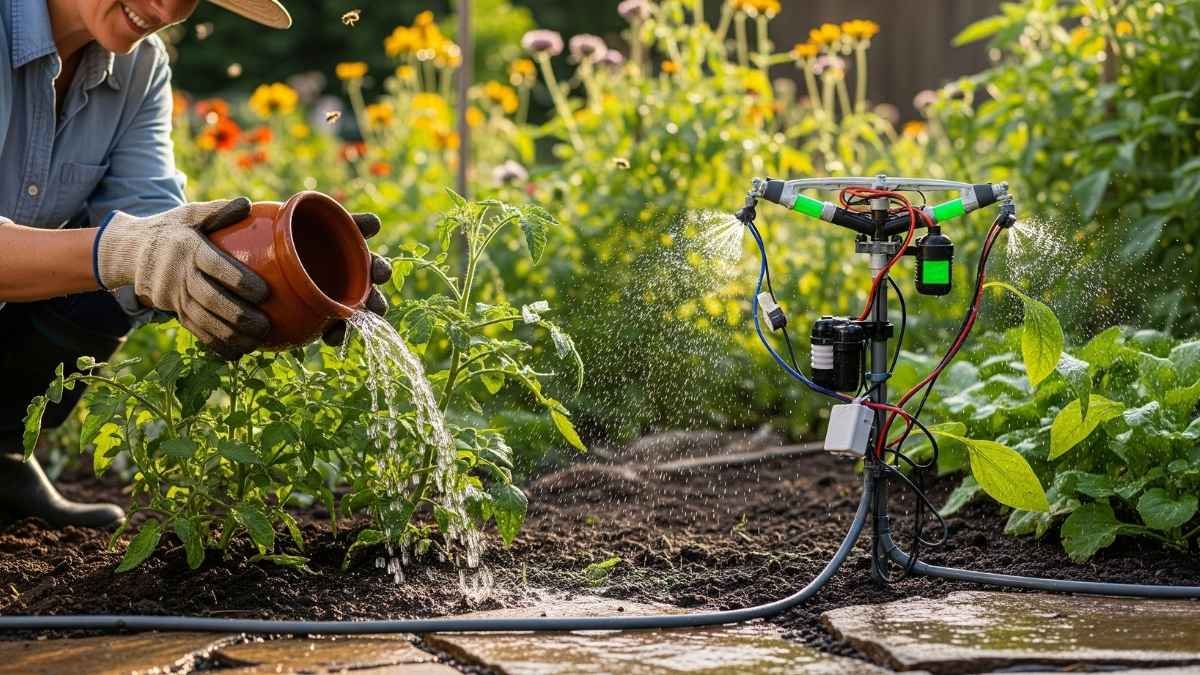
Traditional zai pit irrigation uses 70% less water than modern sprinkler systems while maintaining higher soil moisture levels.
Polish researchers found that organic methods have a water footprint of just 1.9 m³/ha compared to 10.4 m³/ha for conventional methods. That’s five times more efficient.
Smart gardens promise precision watering. Traditional methods deliver it without the monthly subscription fee.
Drought Performance
When climate stress hits, high-tech systems often fail. No power means no pumps, no sensors, no automation.
Traditional systems? They get stronger.
The Rodale Institute’s 40+ year study proves that organic crops yield 22% higher during drought conditions because healthy soil biology creates natural resilience that technology can’t substitute.
Your Great-Grandma’s Upgrade Guide (No WiFi Required)
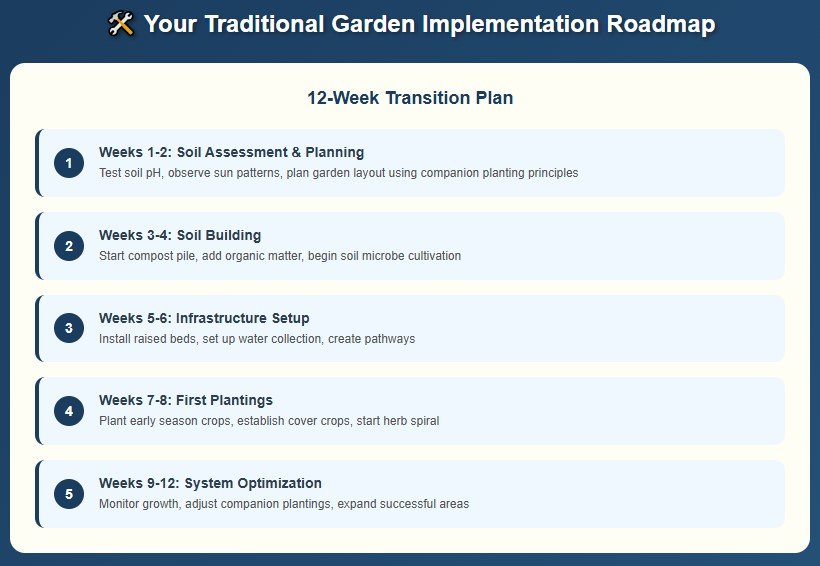
Ready to ditch the monthly fees and join gardeners achieving 800%+ returns on investment? Here’s how to implement these time-tested techniques, even if you’ve got limited space.
Start With Smart Rotation (The Real Kind)
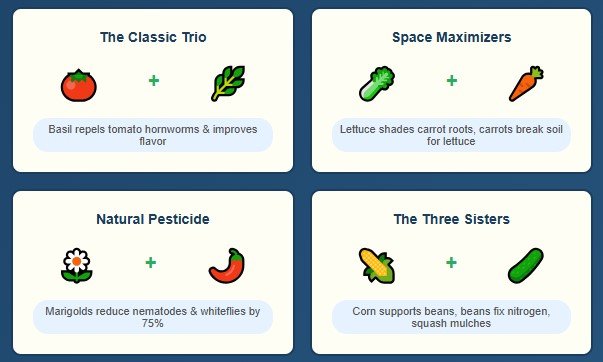
Even in containers, you can use Norfolk rotation principles.
Instead of planting the same crops repeatedly:
- Rotate through nitrogen-fixers (peas, beans)
- Follow with root vegetables (carrots, radishes)
- Then grains or greens (lettuce, spinach)
- Finish with soil builders (cover crops or compost periods)
This breaks pest cycles naturally and eliminates the need for chemical interventions that smart gardens require.
Master the Art of Plant Partnerships
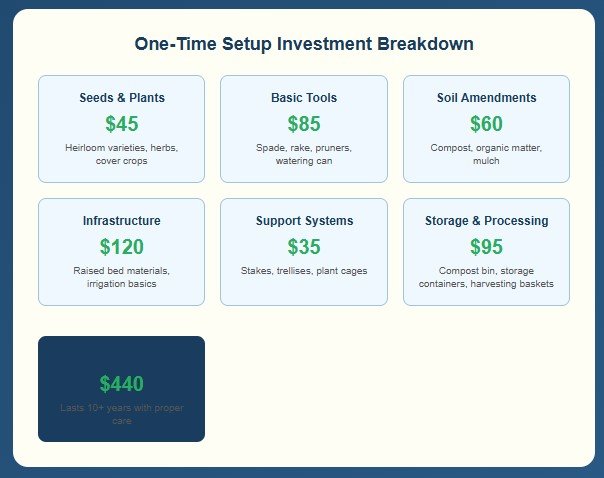
Companion planting is like matchmaking for vegetables. Some plants just work better together.
Try these proven combinations:
- Basil near tomatoes → repels pests and improves flavor
- Lettuce between slower-growing crops → maximizes space efficiency
- Marigolds as living pesticide → reduces whitefly populations by 75%
These biological partnerships create the redundancy and resilience that smart gardens promise but never deliver.
Build Soil, Not Tech Dependence
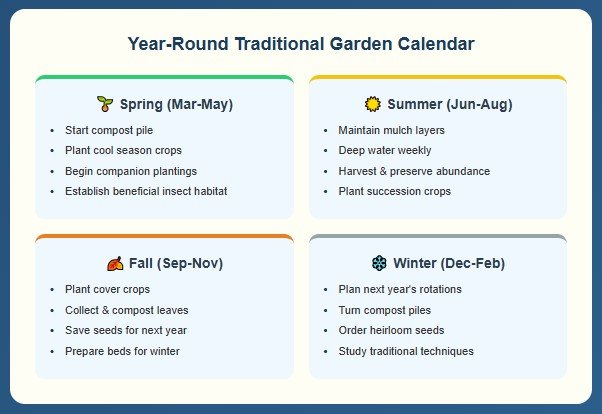
Create compost using the layered method farmers perfected in the 1850s:
The magic ratio: 3:1 green materials (kitchen scraps, fresh grass) to brown materials (dried leaves, paper)
This produces slow-release nutrients for years, not months, while building the soil ecosystem that supports plant health naturally.
Pro tip: Your compost pile will work harder than any smart garden sensor array, and it’ll never need a software update.
Water Management That Works
Use clay pot irrigation (ollas) buried near plant roots for precision watering that makes smart sensors look primitive.
Create swales and raised beds that capture and direct water naturally. These systems work during power outages and never need software updates.
Timing Without Apps
Traditional farmers planted when dogwood trees bloomed or when soil could be crumbled in their hands – natural signals that account for local conditions better than any weather app.
This reduces pest pressure by 40% compared to arbitrary scheduling.
The Numbers Don’t Lie: Traditional Wins

Let’s talk money, because the economics are crystal clear.
Traditional garden setup that lasts decades: Around $440
Smart garden costs: $999 upfront + $427 annually in operating costs
Traditional garden annual returns: $2,400+ in produce value (545% annual return)
Smart garden annual returns: $468 in value with ongoing costs
Over 10 years:
- Traditional methods: $22,260 net benefit
- Smart gardens: $985 net loss
The math is brutal for smart gardens.
The Future Belongs to the Past
Here’s what the smart garden industry doesn’t want you to realize: the most advanced agricultural systems look suspiciously like what farmers were doing 175 years ago.
Leading agricultural researchers are rediscovering traditional techniques and validating them with modern science. Universities across the country are teaching no-till techniques, companion planting, and biological soil management.
The same practices that made America’s farms productive before synthetic inputs existed.
The Hybrid Approach That Makes Sense
The most successful modern farmers blend traditional wisdom with selective technology adoption. They use ancient crop rotation and composting techniques while incorporating weather monitoring and efficient irrigation design.
They’ve learned that sustainable agriculture means working with natural systems, not trying to replace them with silicon.
Your Great-Grandmother Was Right All Along
Your great-grandmother knew something that Silicon Valley is just beginning to understand: the most sophisticated system on Earth is the one that’s been running successfully for millions of years.
Smart gardens fail because they fight against biological reality. Traditional methods succeed because they harness it.
The smartest garden isn’t the one with the most sensors – it’s the one that doesn’t need them.
While your neighbors are troubleshooting app connectivity and replacing failed components, you’ll be harvesting abundant food from systems that improve themselves over time.
That’s not just smart gardening. That’s genius gardening.
Ready to Ditch the Tech and Grow Real Food?
The future of food production won’t be found in the latest crowdfunded gadget or subscription service. It’s waiting in the wisdom of farmers who solved these problems long before smartphones existed.
Start with one traditional technique this week. Try companion planting, start a simple compost pile, or rotate your container crops.
Your wallet will thank you. Your plants will thrive. And you’ll never have to deal with another “connectivity issue” in your garden again.
What traditional gardening method will you try first? The soil is waiting, and unlike your smart garden app, it’s always online.







